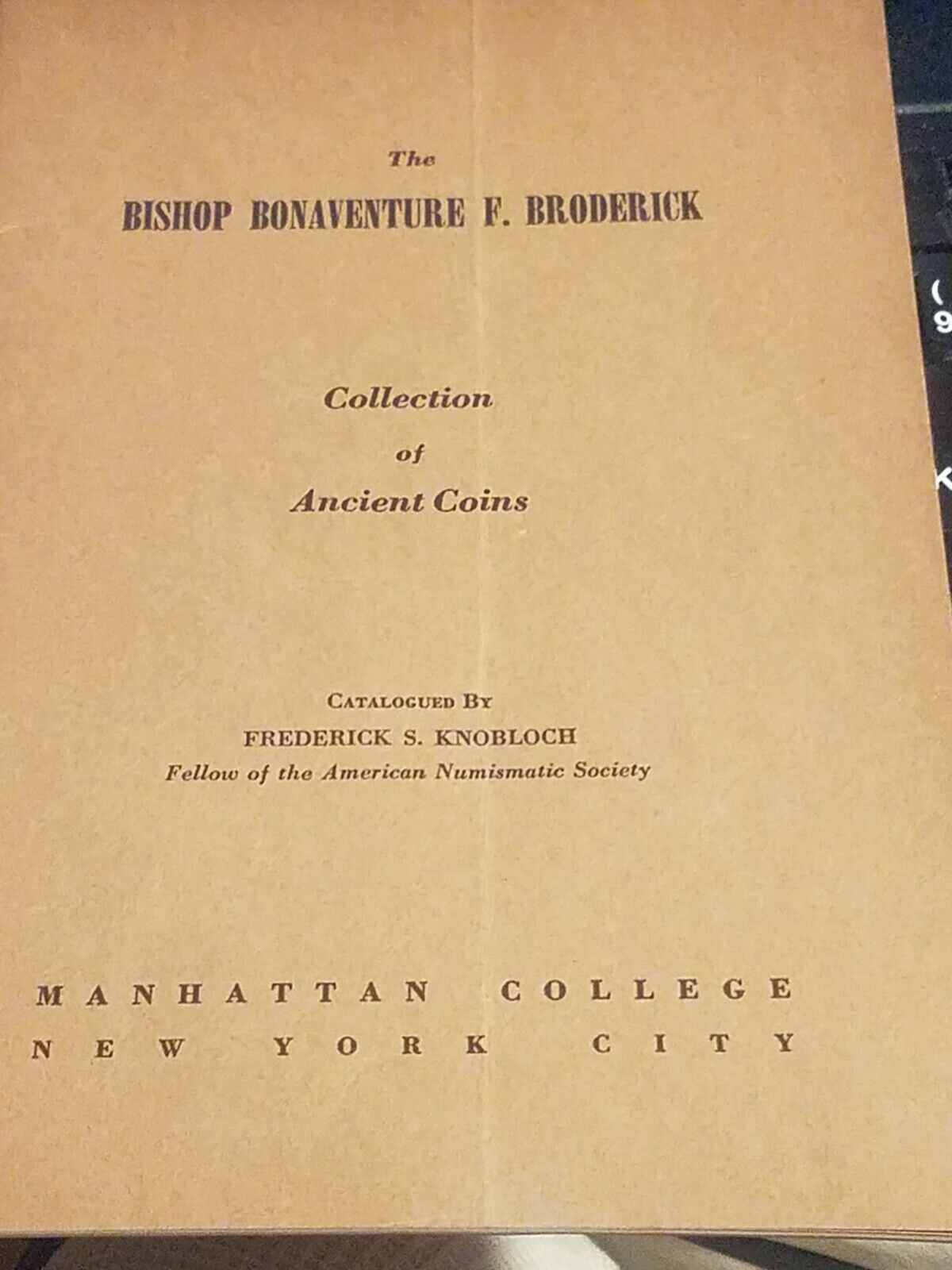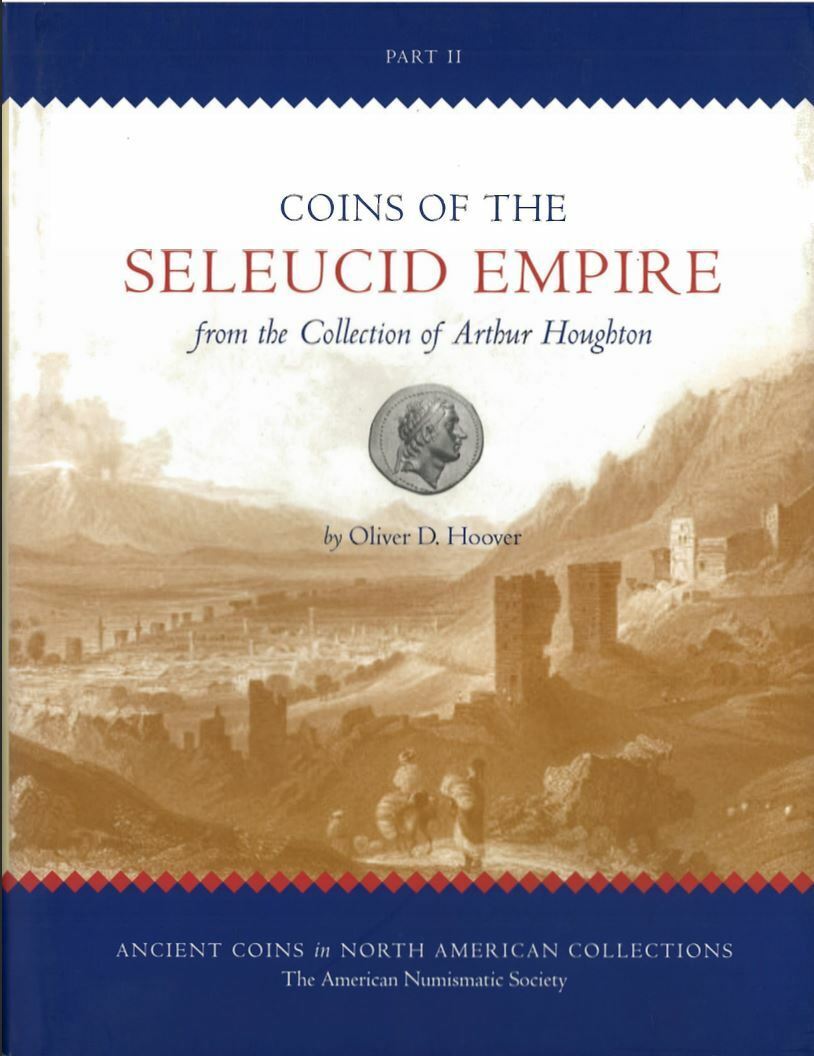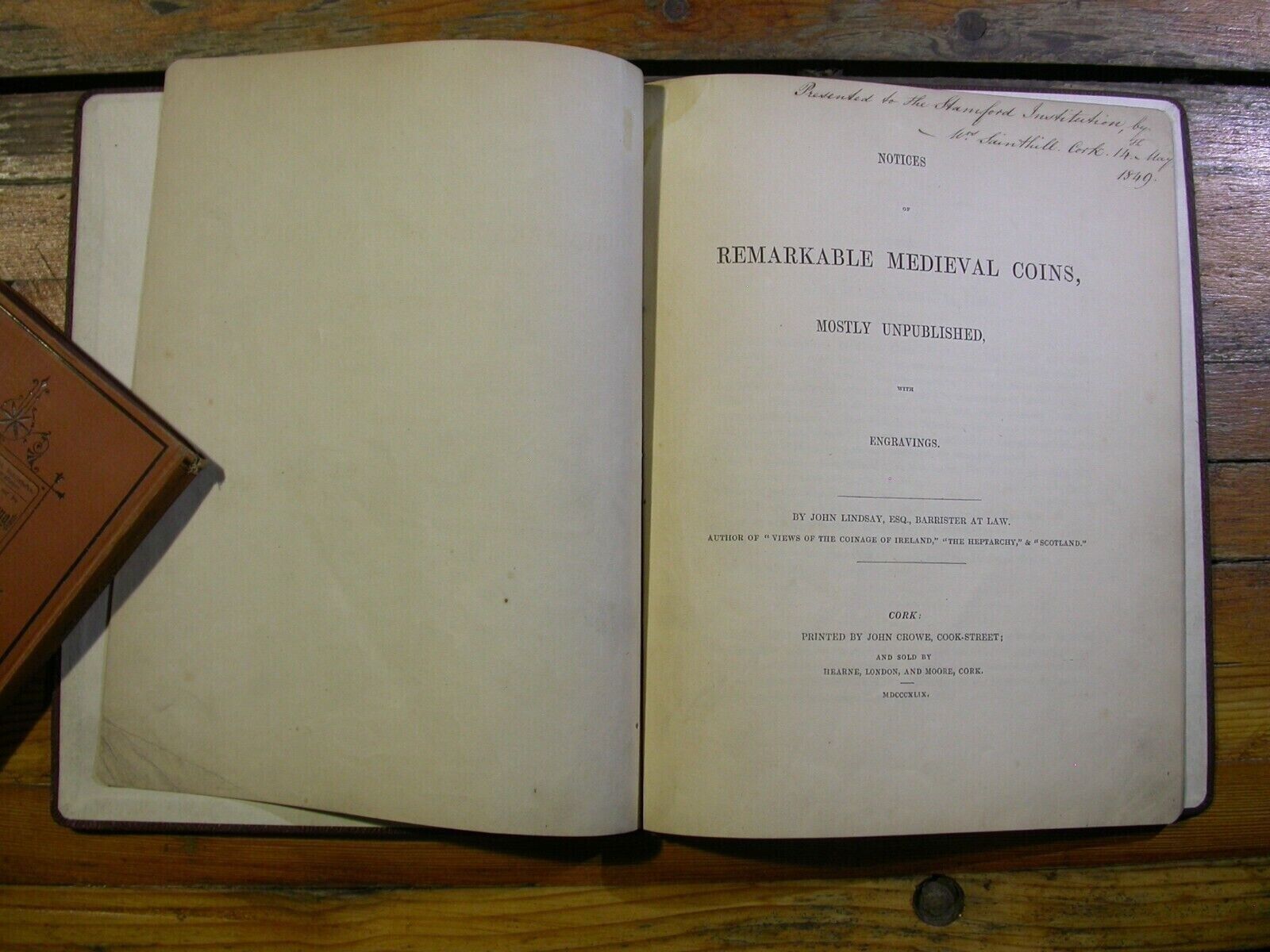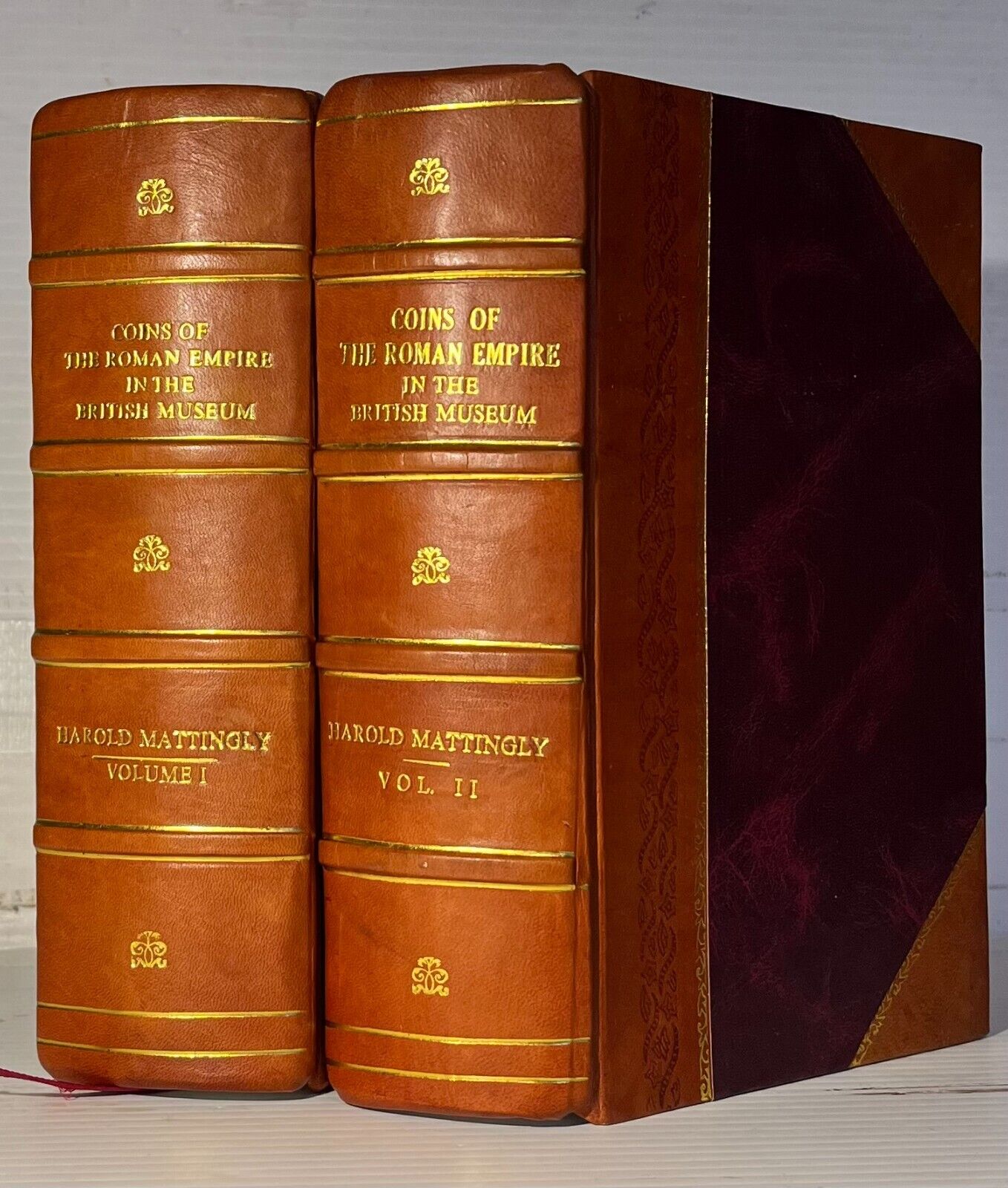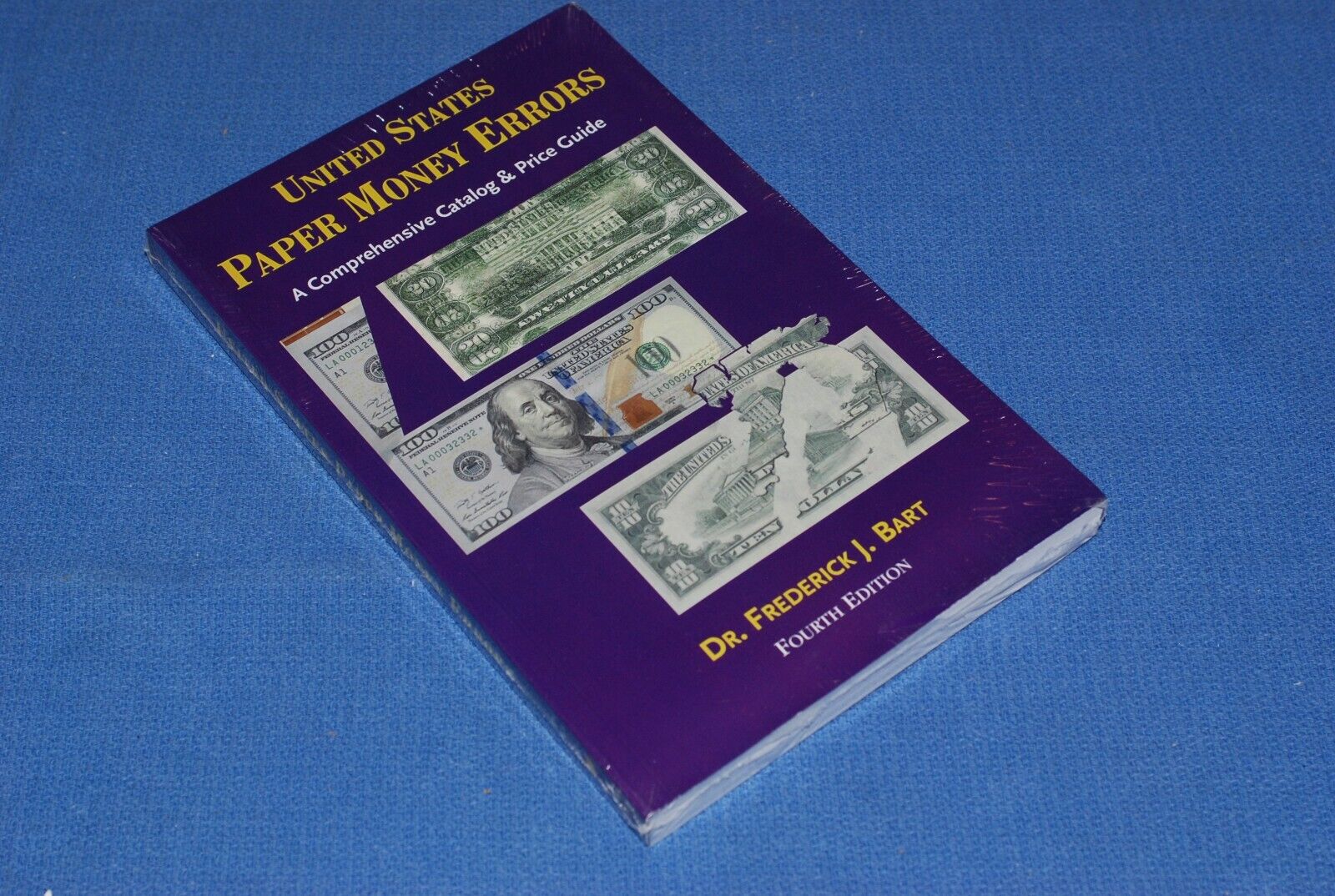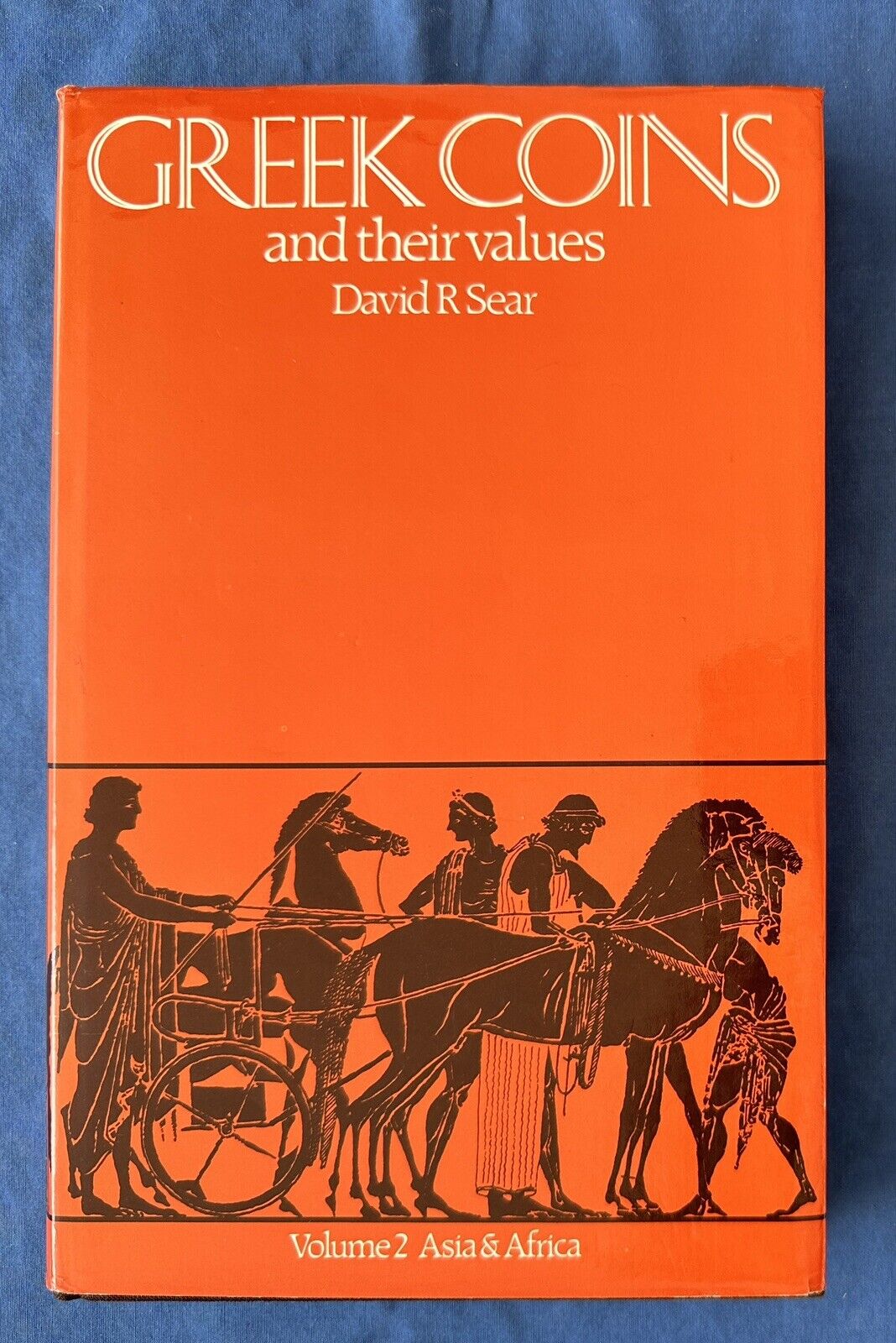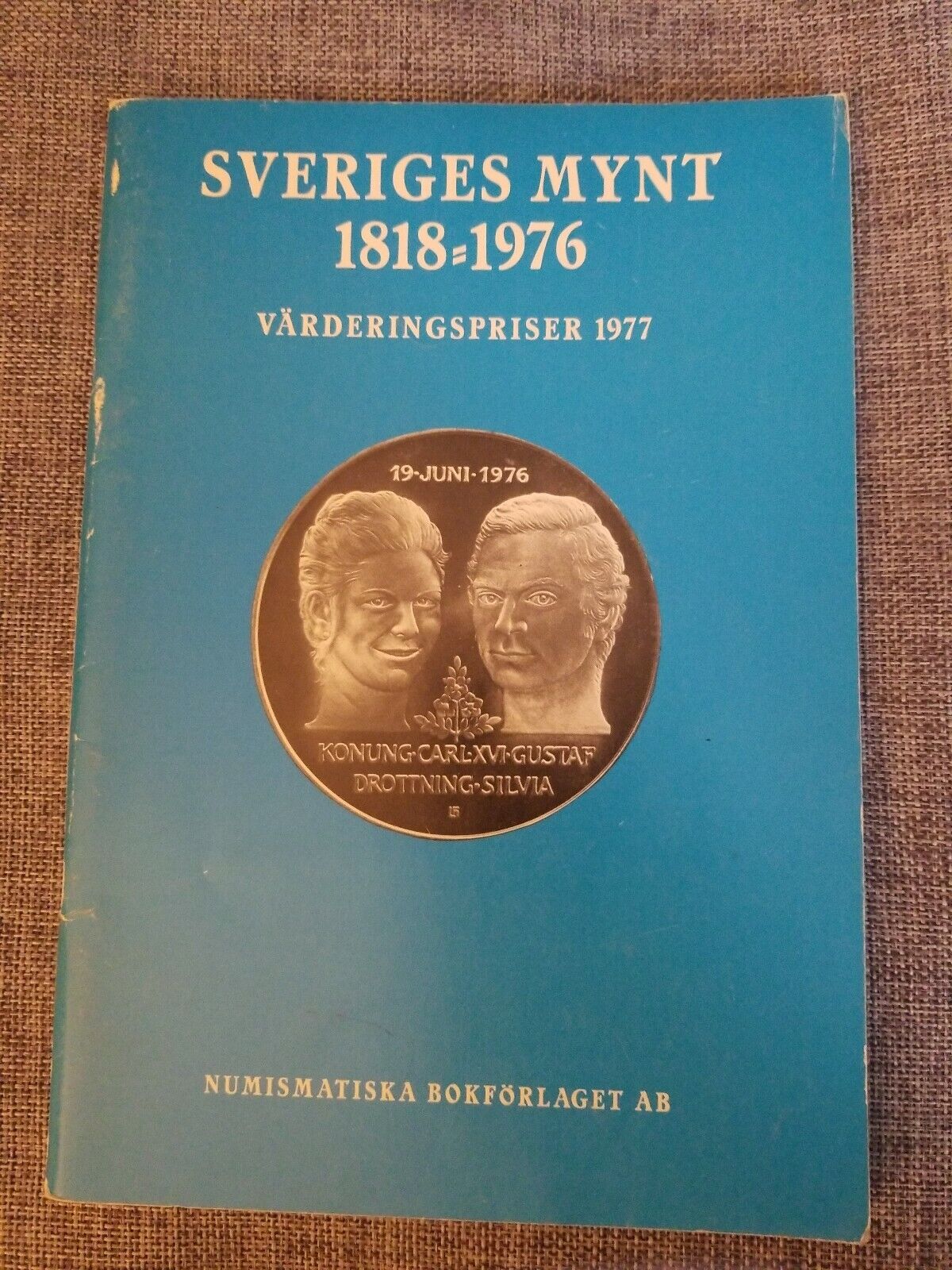-40%
Catalogue of Bishop Bonaventure F. Broderick collection of Ancient Coins, 1942
$ 15.83
- Description
- Size Guide
Description
Catalogue of Bishop Bonaventure F. Broderick collection of Ancient Coins, 1942.This a 1942 catalog of the Bishop Bonaventure F. Broderick collection of ancient coins.
Catalogued by Frederick S. Knobloch. Published by Manhattan College, New York
Found this catalog described at an auction of numismatic literature as
“
A rare publication”.
Beyond that this is a fascinating relic of church history. See story below. And this copy was owned by a celebrity of sorts in his own right!!
Entire 28 page catalog has very light crease down middle, but not too noticeable on most of the pages. my guess catalogue was in a
“
v” position at some point. Not distracting. No photos of the coins. Can’t see any damage, no writing. other than crease looks close to new. As this was “scholarly” description, no mention of condition of coins, but their symbolism and historical context dealt in great detail.
Bishop Bonaventure Finnbarr Francis Broderick (December 25, 1868 – November 18, 1943)
avidly collected ancient coins when in Rome between 1893 and 1898 as a very young man. He donated this collection to Manhattan College two years before his death at age. Manhattan College got Frederick Knobloch an acknowledged expert at the time on ancient coins, to examine the collection. The collection was deemed both important and inclusive, and Knobloch completed this 28 page pamphlet catalog which describes the coins, explains the symbolism of their designs, and ties them in to historical developments.
Bishop Broderick had a fascinating history. In 1903 at the very young age of 34 he was made bishop after representing the Catholic Church in recognizing the Republic of Cuba. But less than two years later he fell from grace. A turf battle over financial matters escalated to him alienating first Cardinal Gibbons of Baltimore, then Pope Pius X, who apparently misinterpreted the Bishop
’
s justifiable pleas that he had been mistreated, into a threat against the church. Effectively expelled, given no church duties and only a 0 a year pension, Broderick ran a gas station in Millbrook, NY for over three decades to make ends meet.
In 1939 Archbishop Spellman of New York visited him at the gas station in Millbrook, which lead to Broderick
’
s restoration of a public role as a Bishop for the last few years of his life. The Archbishop was sent to see if Broderick had maintained his oaths, as a step toward restoring him, and satisfied that he had, Broderick was indeed restored, When he died he was buried with all the honors due a Bishop, with
Archbishop Spellman celebrating his funeral Mass at St. Patrick's Cathedral in front of an audience of church dignitaries.
As seen in the photos, the pamphlet contains a photo of the Bishop in his young years.
The name Ernest A. Kehr and address as PO Box 1 Richmond Hill, NY 11419 is stamped in ink on the
“
prefatory note” page.
Ernest A. Kehr (1911-1986) was an illustrious philatelist, and philatelic author. He had philatelic columns in three different major New York City papers and made numerous TV and radio appearances talking about stamps. Winner of numerous philatelic awards, the American Philatelic Society established The Ernest A. Kehr award in his honor. He is a member of the American Philatelic Society Hall of Fame. But he was also interested in coins. At some point at start of 1970
’
s he gave my late mother who knew him some items of his numismatic literature to give me, I would have just been starting my teens. Time is a thief.
It is a small world. The events in Broderick
’
s life occurred more than 75 years ago. But I know somebody who had a teacher who knew Broderick personally and was convinced the Bishop was innocent of any wrongdoing.
